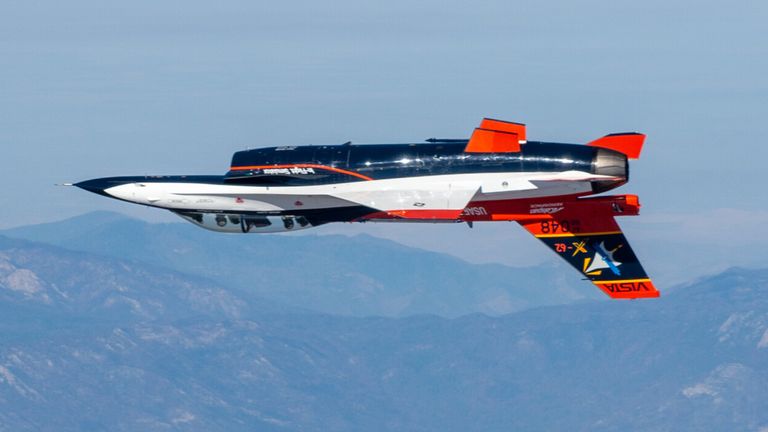AI melds scans and patient notes to predict cancer prognoses and treatment responses

Stanford University researchers have developed a foundation model that outperforms traditional methods across 16 cancers, enhancing personalised prognoses and treatment decisions.
People hate stories they think were written by AI. Even if they were written by people

Researchers at the University of Florida in the USA found people rate AI-written stories poorly, even though they’re nearly as good as human ones.
Unexpected: Simple hydrogel learns to play Pong computer game

Researchers at the University of Reading, UK, have developed a simple ionic hydrogel material that can learn and adapt, potentially revolutionising smart material applications.
AI predicts diseases from the colour of your tongue

An algorithm developed by the University of South Australia and Iraqi researchers predicts diseases with 98% accuracy by analysing tongue colour and shape.
AI predicts rogue waves at sea up to 5 minutes in advance

Researchers at the University of Maryland, USA, have developed a neural network tool to predict rogue waves up to five minutes in advance, potentially enhancing maritime safety.
Image privacy: Using generative AI instead of blurring

Researchers at the University of Tokyo in Japan have developed an AI system to enhance image privacy by replacing sensitive parts with realistic, AI-generated alternatives.
VIDEO: AI headphones let you listen to a single person in a crowd, by looking at them just once

Researchers at the University of Washington have developed AI-powered headphones that allow users to focus on a single speaker in a noisy environment by looking at them briefly.
AI bot creates world’s best shock absorber

Researchers at Boston University in the United States are using an autonomous robot to create the most efficient energy-absorbing structures, potentially revolutionising safety equipment design.
VIDEO: First human vs AI fighter pilot dogfight

DARPA and USAF have tested an AI flying a modified F-16 test aircraft known as the X-62A against a human-piloted F-16 within visual range combat scenarios, over Edwards Air Force Base, California.
Predicting cardiac arrhythmia 30 minutes before it happens

Researchers at the University of Luxembourg, based in Luxembourg, have developed an AI model that predicts atrial fibrillation, potentially integrating with wearable technology for early detection.
